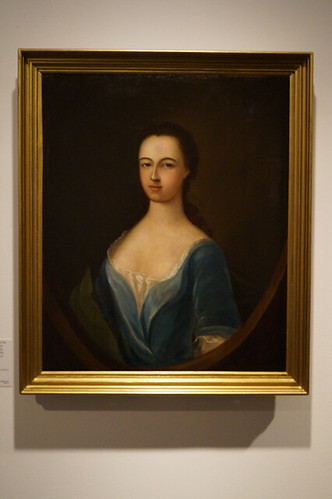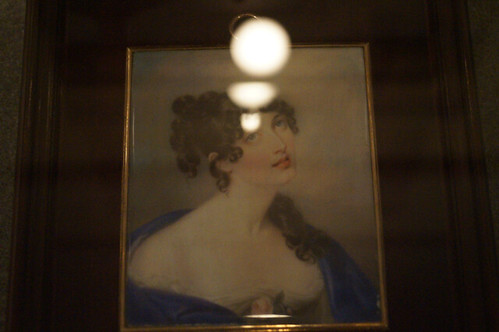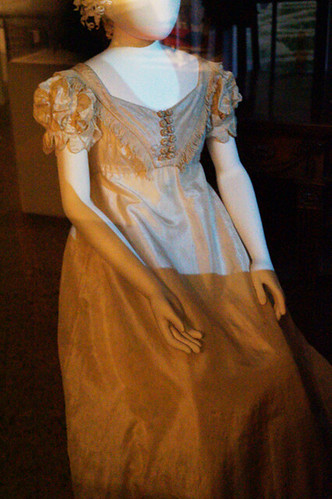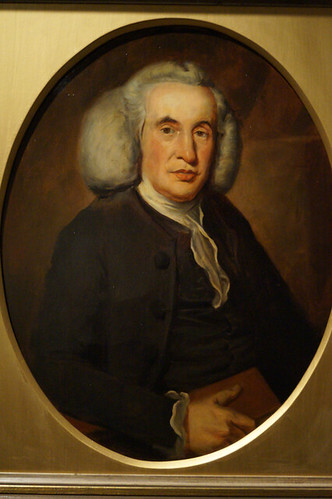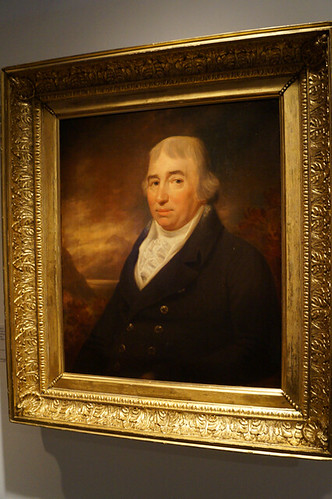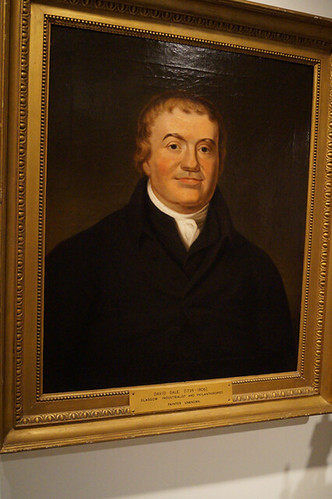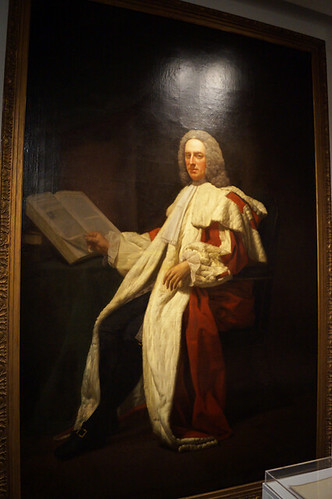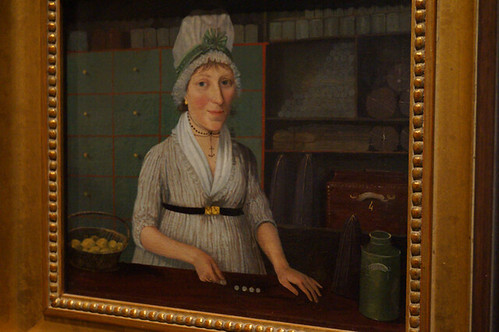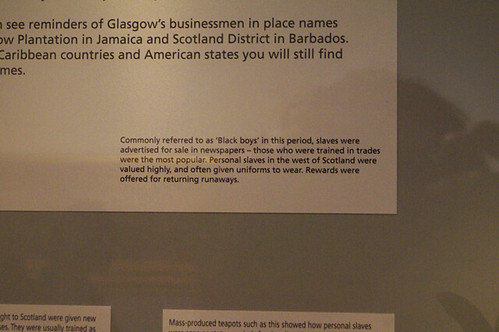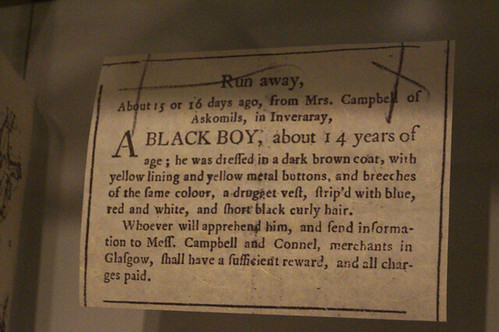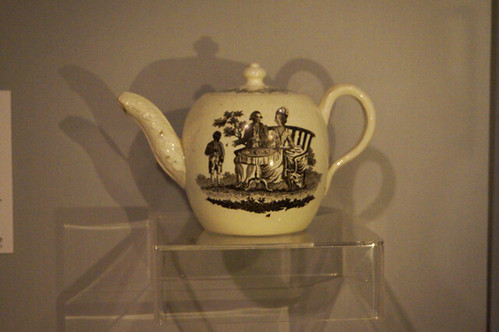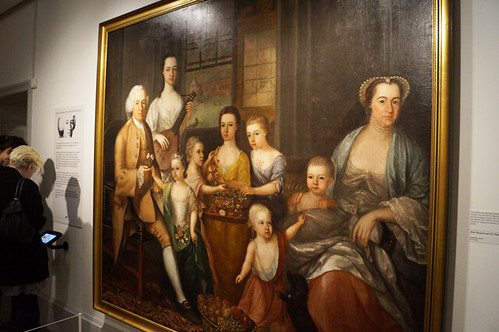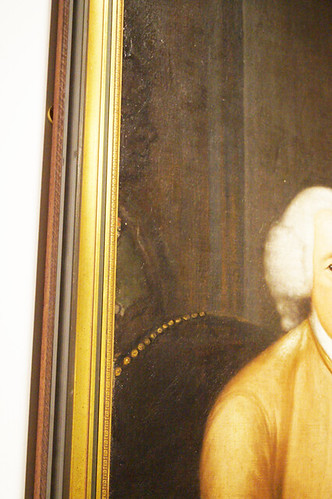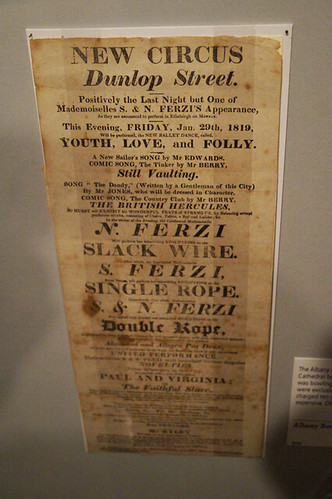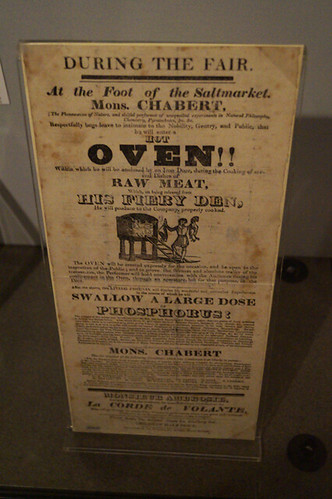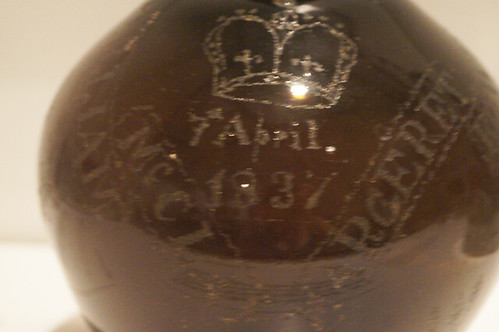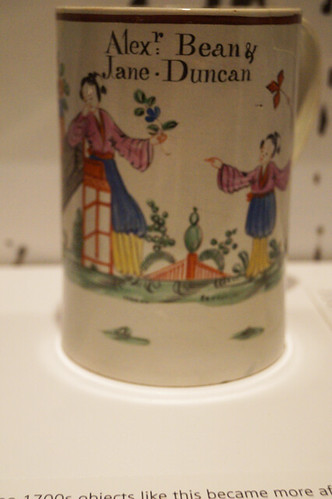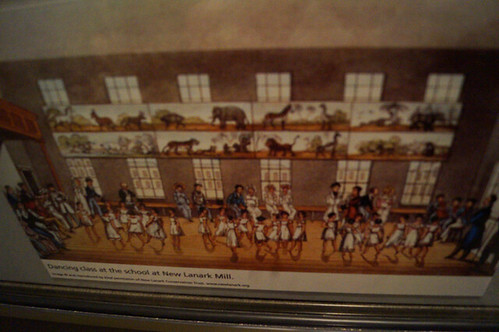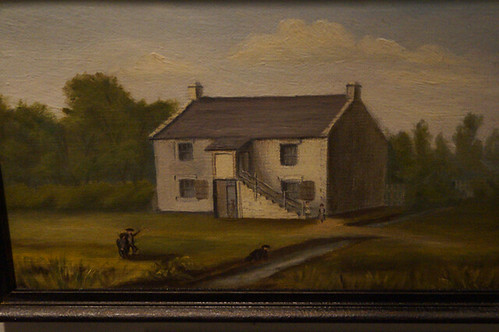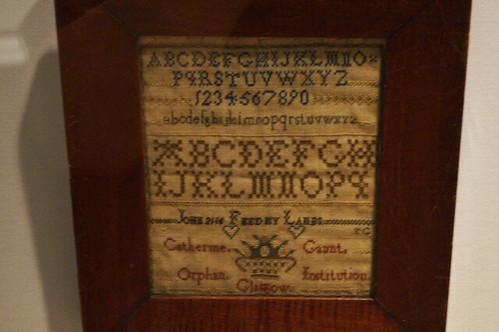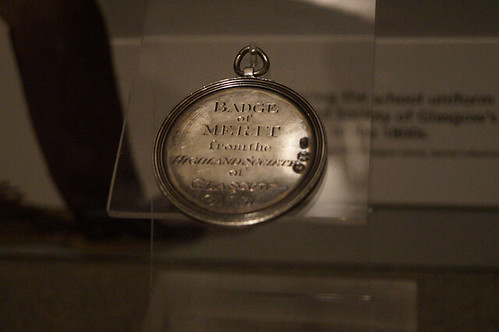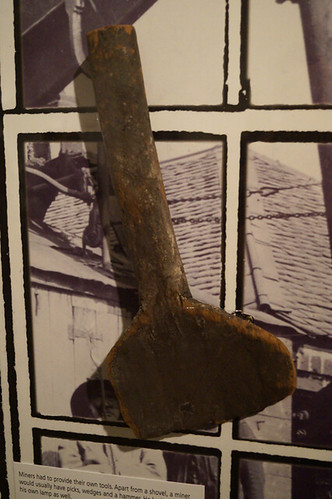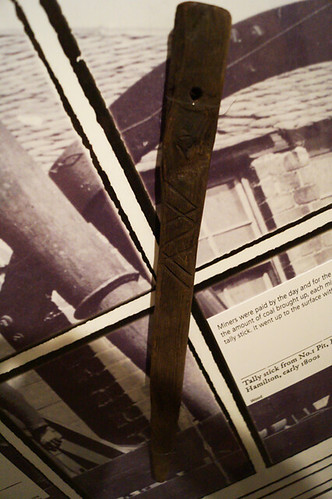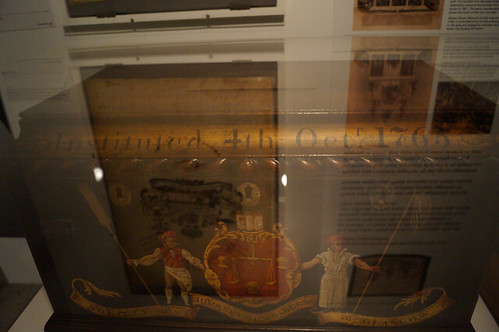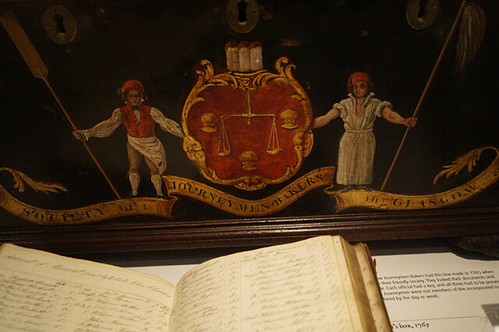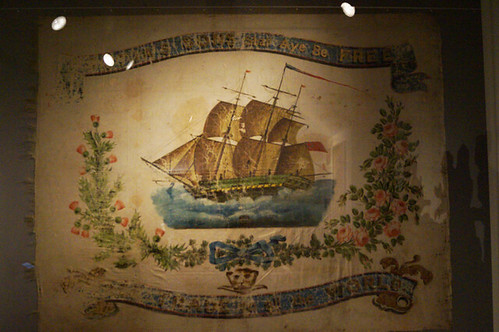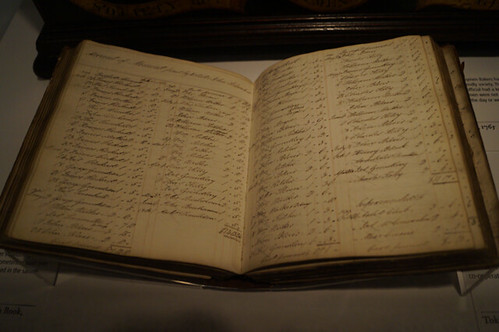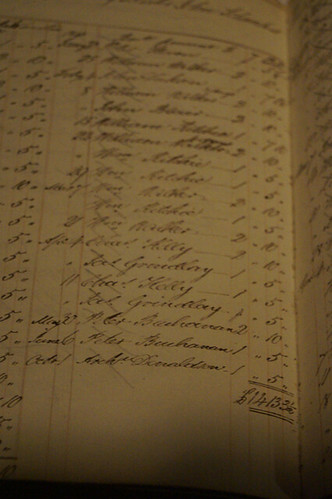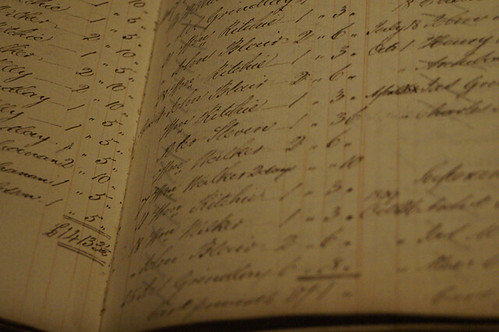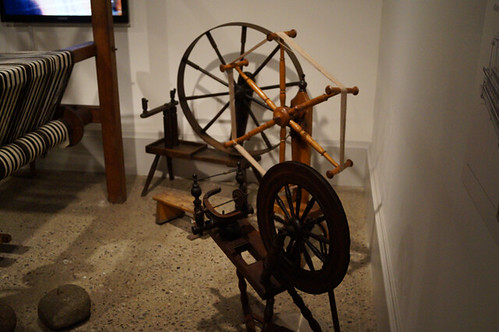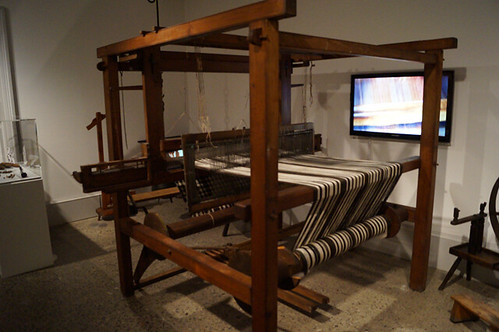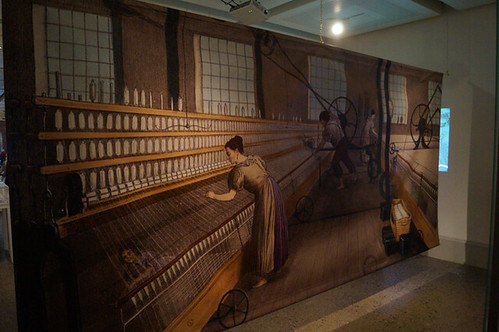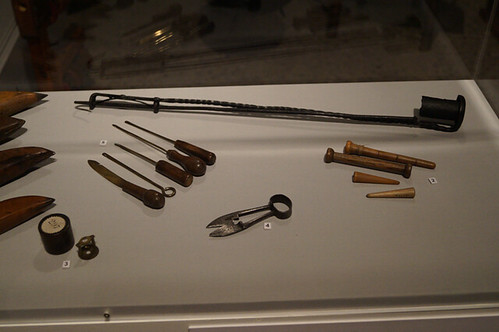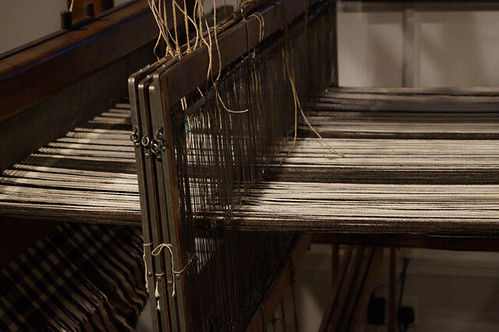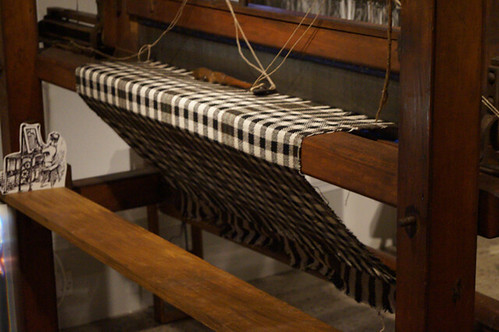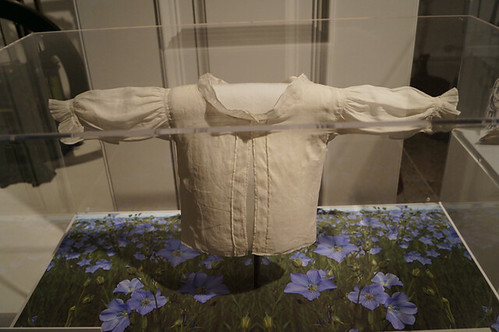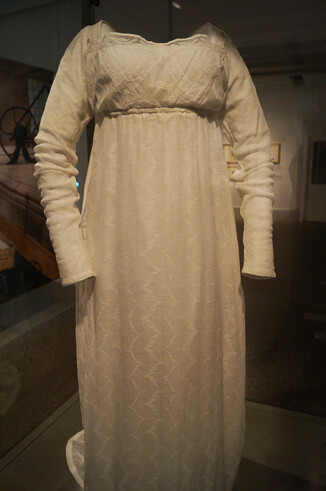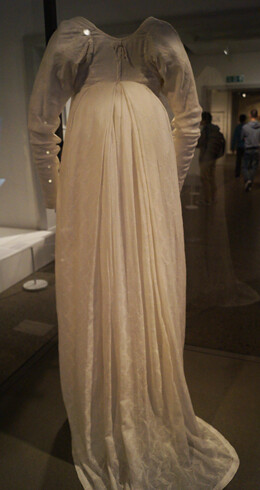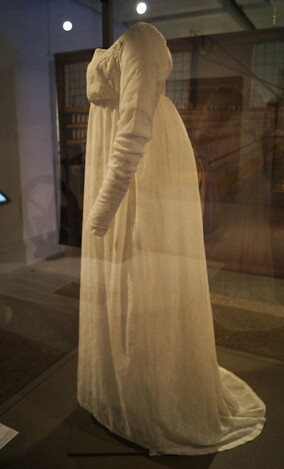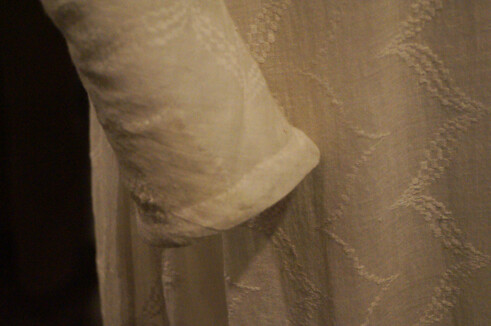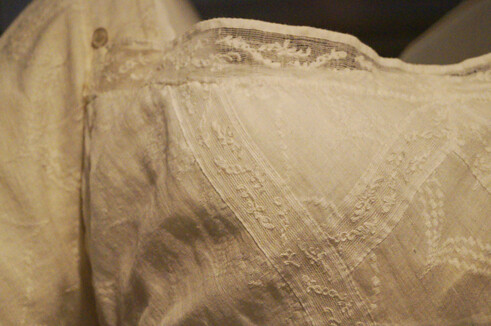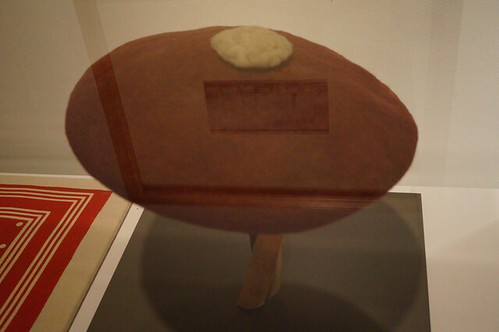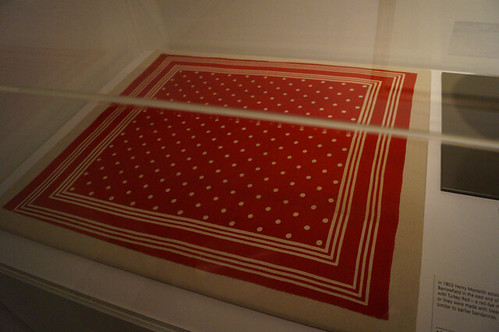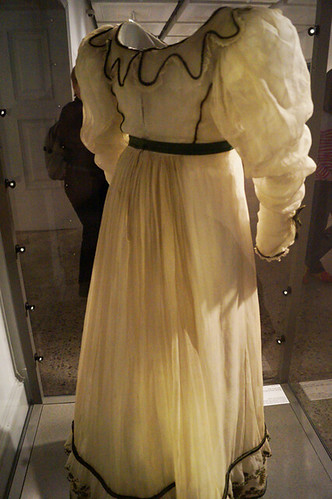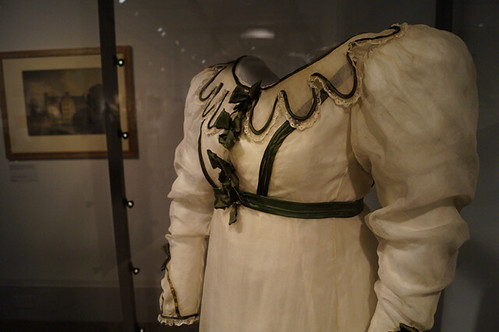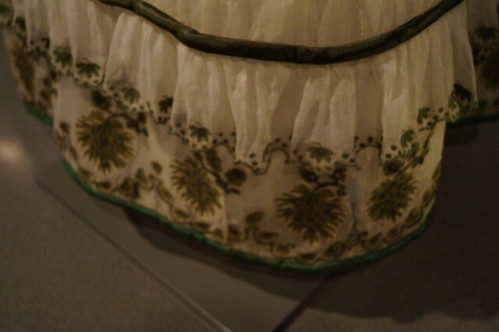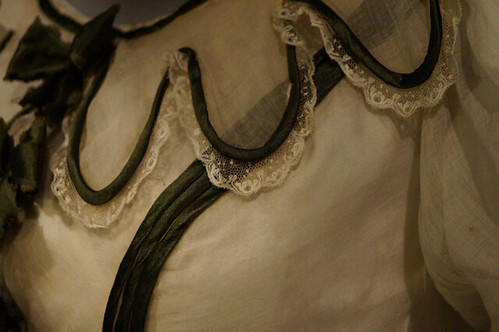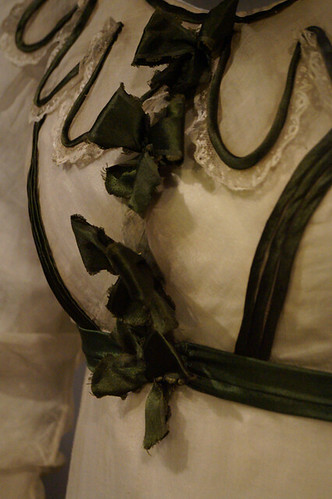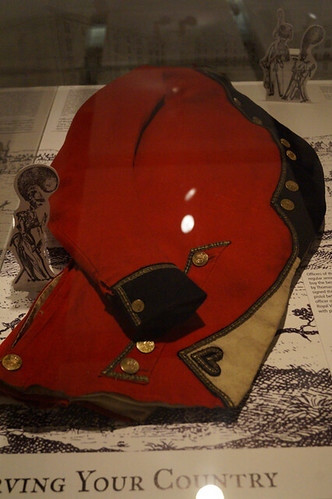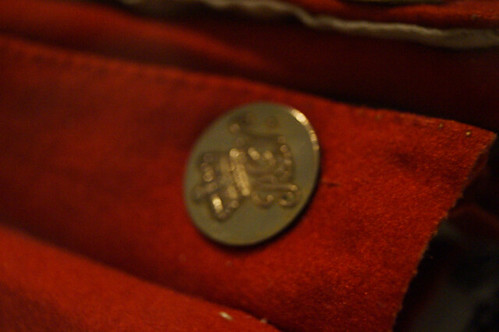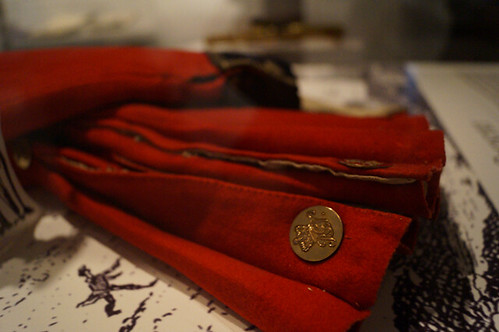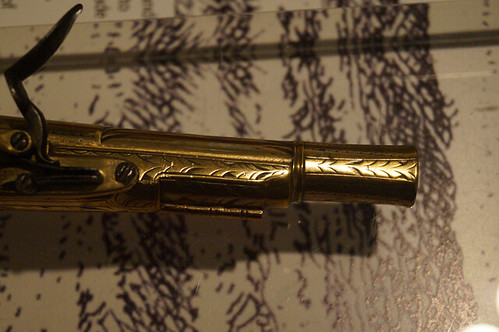For this exhibition post I’m going to take you back in time; two years back in fact to an exhibition I attended at the Kelvingrove Art Galleries in 2014 called “How Glasgow Flourished, 1714-1837” I had planned to write a blog post about it at the time of my visit but things, as they have a habit of doing got in the way so here we are 2 years later and I’m finally getting round to doing a write up!
According to the blurb on the promo material:
“How Glasgow Flourished takes a fresh look at a hugely significant but often overlooked period in Glasgow’s history.
Discover how over 300 years ago, Glasgow’s businessmen made their fortunes from trading in colonial goods and through slave labour, and how they manufactured and exported products made in Glasgow, across the world.
This was also when ordinary Glaswegians came together in workers’ associations and co-ops to campaign for better working and living conditions for them and their families and paved the way for the Trade Union movement.
The exhibition shows how weaving changed from a cottage industry to a full-blown manufacturing industry and green fields were covered over by some of the largest and most advanced dyeing and smelting factories in the world. You can see a reconstructed weaver’s loom, factory engines and dresses and outfits, which have never been displayed before.
Other exclusive displays include new portraits of members of one of Glasgow’s wealthiest families, the Glassfords and a newly conserved music organ made by James Watt, as well as the great man’s steam engine with its condenser unit. There are also many other pieces from Glasgow Museums’ collection that have never been on display before, including art and objects relating to the lives of Glaswegians.
A recurring theme throughout the exhibition is family history, showing how you can make connections with your life and family to the history of this wonderful city, through our incredible museum and archives collections.”
I did really enjoy this exhibition, one negative thing I have noticed about exhibitions shown at Kelvingrove however is that they tend to be displayed in the basement area near the shop; meaning no natural light and really some of the lighting for the pieces leave a bit to be desired.
Probably my favourite part of the exhibition was the working class and trade union pieces as it’s so rare to see working class clothing etc. actually representing in exhibitions and displays!
The Georgian Era between 1714-1837 is kind of one of my eras of interest, especially the latter part during the Revolutions and uprising in France, the Napoleonic Wars and Regency Period in the UK. The portraits and clothing on display were very interesting and gave a really clear portrayal of the fashions and styles throughout the period.
Another really interesting thing was the impact of slavery on Glasgow’s merchant beginnings. There were many examples slaves being included in the art work of the period along with samples of adverts and posters with slaves for sale or missing.
The most fascinating thing in regard to slavery in Glasgow at this time is a portrait of the Glassford Family from around 1767-68. It shows what seems to be a very typical family scene. John Glassford was a multi-millionaire who made his money in tobacco and investing cleverly in Glasgow’s biggest industries. But what we see right in the left edge of the scene is an almost invisible figure, blending almost perfectly into the background. This is obviously a slave or domestic servant born out of slavery. Used and owned by the family but almost completely disregarded in every other respect.
Religion obviously played quite a big part to culture and the growth of Glasgow as a city. The had on display a fantastic book of minutes from a North West Glasgow Kirk noting cases of fighting, drunkenness, illegitimacy, not keeping the Sabbath and even cases of sex outside of marriage!
Another important aspect of Glasgow society was of course leisure and entertainment part of which included the theatre and music halls. This was a form of entertainment available to all classes, and enjoyed by the majority.
Combining leisure and religion we move swiftly on to marriage and domestic life. For many working class citizens of the city, life was hard. Despite the city expanding greatly in these years many people still lived in the cramped old tenements and tight alleys. People’s diets were much better than their living conditions; the water was often so dirty that it was safer to drink ale and beer. It should be mentioned though that the ale of those days was almost nothing like the strong alcohol of today.
But despite the hardships people still celebrated the good things in life. The exhibition has some wonderful examples of wedding gifts from the era. Most notably a earthenware bottle and mug, engraved with names and dates of the happy couples
From working life and marriage we moved onto educating the next generation. School for children was a lot different to today’s education; while girls focused on needlework and other accomplishments boys often found themselves put to a trade or apprenticeship.
They had on display a girl’s needlework sampler and a badge of merit won by one boy in his school work as part of his apprenticeship presented by the Highland Society of Glasgow.
Jumping back to working life we enter the realm of heavy industry, namely coal mining. According the exhibit it was not a major industry in Glasgow in the early 1700s but as the century progressed the need for coal grew and so did the industry. The exhibit included some wonderful examples of tokens and tools used by miners’ pre-1830s; including a tally stick to mark how much coal the miner had worked on that day, a record for being paid basically.
With hard work and poor conditions came the need to organise and support each other, so we come to a small history of trade unions in Glasgow.
We then moved on to my favourite part of the exhibition, the textile industries and clothing!
They give examples of spinning wheels used in weavers’ cottages but also the large verging on industrial scale looms. Linen, Wool and Cotton fabrics were all produced here, the raw materials often being shipped in from overseas. Flax was also common in Scotland, often covering fields in delicate blue flowers.
Finally we have clothes pretty, pretty clothes.
First we have a teeny tiny baby shirt worn by Sir John Moore who died in 1809.
Then onto this wonderful empire line muslin gown made in Paisley by the company Browne and Sharpe around 1800. This was a real treat to see as I have a few patterns for dresses similar to this and could never quite understand the construction so seeing this in person (or through glass at least) made it much easier to understand. I got to see this again at the wonderful Century of Style Exhibit last month again at Kelivingrove.
Then we have some accessories including this rather fetching wool bonnet, possibly dyed using cudbear, a red dye derived from lichen.
Apparently in 1802 a bandana factory was established in the east end of the city by Henry Monteith. Red bandanas were made using Turkey Red a dye made from madder then spots and other decorative shapes were bleached into the fabric. The sample they had on display was Victorian but clearly very similar to the earlier styles as even today bandanas are very similar to this one.
We then move on to this fabulous dress made between 1824 and 26. It was decorated in green with an embroidery technique called Tambouring. It was usually done – somewhat unsurprisingly – by women and girls at home. According to the exhibit by 1791 around 105,000 people were employed with this type of work across Scotland.
We then move onto a really interesting piece of menswear. It is an Officer’s Regimental Uniform from the Royal Glasgow Volunteers in 1794. It’s of course red, probably dyed with Turkey Red or cochineal beetles.
All in all I found it a really interesting and well thought out exhibition. As I said at the start I was really pleased to see so much stuff relating to trade unions and the working class, as it was so uncommon for them to be represent in art of the period and for clothing and artefacts used by the working class to actually still exist. As I was living in Glasgow at the time I found it really interesting to find out more about the history of the city and to really understand its origins as a merchant and industry hub.
Well I hope you enjoyed my little write up, even if it was 2 years on the making! I still have another blog write up to do on my visit to the Century of Style exhibition last month and I’m planning on doing a few posts analysing the costumes in films (Les Mis and Anna Karenina currently spring to mind) Also I’ll have my regular Good Mood Monday this week too but until then,
See you in the Future! ♥


